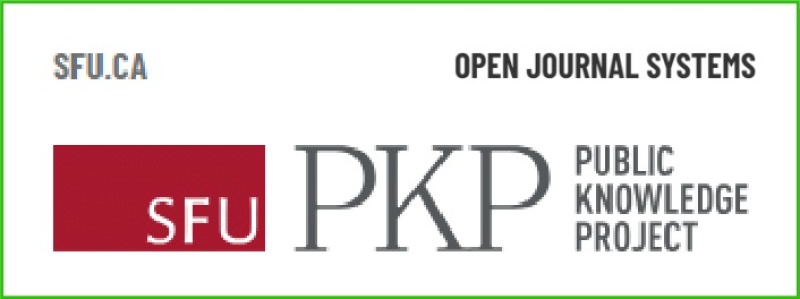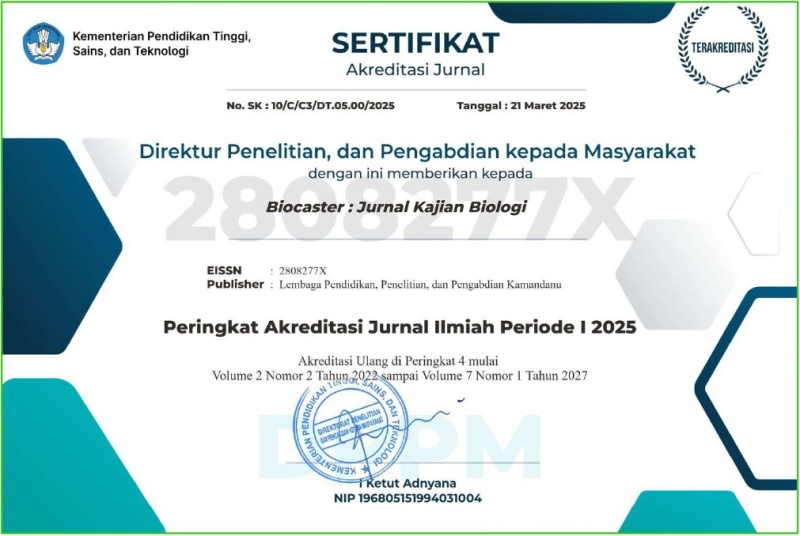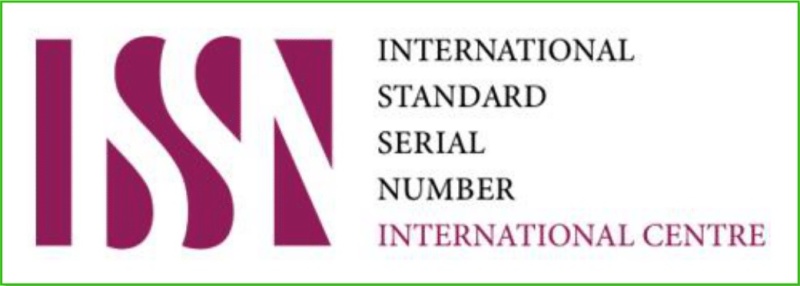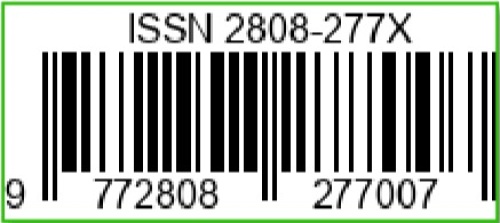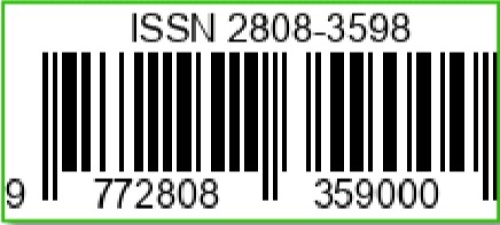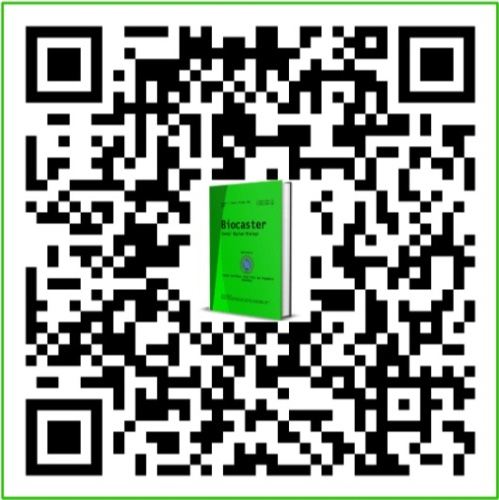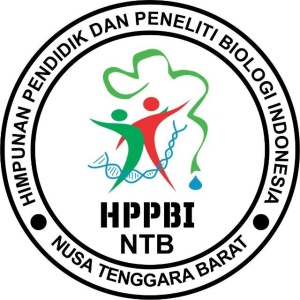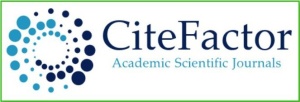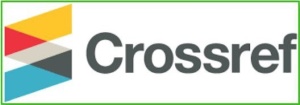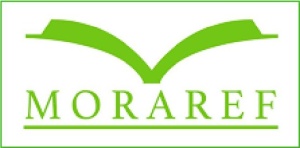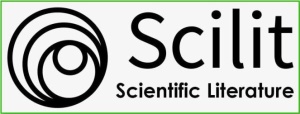Uji Aktivitas Antibakteri Ekstrak Etanol Daun Sirih Cina (Peperomia pellucida) terhadap Bakteri Penyebab Jerawat (Propionibacterium acnes)
DOI:
https://doi.org/10.36312/biocaster.v5i4.684Keywords:
Antibacterial, Ethanol Extract, Propionibacterium acnes, Chinese BetelAbstract
This study aims to determine the mechanism of action, antibacterial activity, and effect of ethanol concentration of Chinese betel leaf extract (Peperomia pellucida) on the growth of Propionibacterium acnes. The method used was disc diffusion with 96% ethanol solvent as well as determination of the number of test bacteria through the cup counting method, with the absorbance value adjusted to the McFarland standard of 0.5. The concentration of the extracts tested was 10%, 20%, 30%, 40%, and 50%. The data was analyzed using the One Way ANOVA test with the help of SPSS. The results showed that the ethanol extract of betel leaves of china had antibacterial activity against Propionibacterium acnes, characterized by the formation of an inhibition zone. At 10% of the activity is moderate, while at the concentration of 20%, 30%, 40%, and 50% of the activity is moderate. Standard conformity tests show that McFarland Kit's standard solution (Himedia) has an absorbance value of approximately 0.08–0.1 at a wavelength of 625 nm. The suspension of the test bacteria that was diluted to the absorbance value resulted in a number of Propionibacterium acnes cells of 1.2 × 10^7 CFU/mL. This shows that the number of test bacterial cells used is not entirely the same as McFarland's standard solution of 0.5. Thus, the ethanol extract of betel leaves has the potential to be an antibacterial agent against Propionibacterium acnes.
Downloads
References
Anggraeni, D., Kaniawati, M., & Jafar, G. (2023). Pendekatan Nanoteknologi untuk Penghantaran Bahan Aktif Farmasi dalam Terapi Acne vulgaris. Majalah Farmasetika, 8(4), 283-304. https://doi.org/10.24198/mfarmasetika.v8i4.45498
Armillei, M. K., Lomakin, I. B., Rosso, J. Q. D., Grada, A., & Bunick, C. G. (2024). Scientific Rationale and Clinical Basis for Clindamycin Use in the Treatment of Dermatologic Disease. Antibiotics, 13(3), 1-27. https://doi.org/10.3390/antibiotics13030270
Azzahra, S. C., Effendy, Y., & Slamet, S. (2021). Isolasi dan Karakterisasi Bakteri Pemacu Pertumbuhan Tanaman (Plant Growth Promoting Rhizobacteria) Asal Tanah Desa Akar-akar, Lombok Utara. Jurnal Al-Azhar Indonesia Seri Sains dan Teknologi, 6(2), 70-75. http://dx.doi.org/10.36722/sst.v6i2.662
Fauziah, S., & Arianti, V. (2023). Tingkat Pengetahuan Manfaat Tanaman Sirih Cina (Paperomia pellucida L. Kunth) sebagai Antiinflamasi di Salah Satu Wilayah Kelurahan Cakung Barat. Indonesian Journal of Health Science, 3(2), 348-354. https://doi.org/10.54957/ijhs.v3i2a.479
Jannah, H., & Safnowandi, S. (2018). Identifikasi Jenis Tumbuhan Obat Tradisional di Kawasan Hutan Olat Cabe Desa Batu Bangka Kecamatan Moyo Hilir Kabupaten Sumbawa Besar. Bioscientist : Jurnal Ilmiah Biologi, 6(2), 145-172. https://doi.org/10.33394/bioscientist.v6i2.2457
Karomah, K. (2019). Standarisasi Ekstrak Etanol Tanaman Ketumpangan Air (Peperomia pellucida L. Kunth). Skripsi. Jakarta: Universitas Islam Negeri Syarif Hidayatullah.
Kartikawati, E., Hartono, K., Rahmawati, S. M., & Kusdianti, I. K. (2023). Aktivitas Antibakteri Ekstrak dan Fraksi Daun Sirih Cina (Peperomia pellucida L.) terhadap Bakteri Propionibacterium acnes ATCC 1223. Jurnal Medika & Sains, 3(1), 21-34. https://doi.org/10.30653/medsains.v3i1.507
Mutiarawati, N., Puspitasari, S., Wati, S. H., & Rakmawati, D. D. (2022). Keefektifan Sadusina (Salep Daun Sirih Cina) sebagai Penyembuh Luka Bakar: The Effectiveness of Sadusina (Chinese Belt Leaf Ointment) as a Burns Healing. Jurnal Ilmiah Keperawatan (Scientific Journal of Nursing), 8(1), 161-168. https://doi.org/10.33023/jikep.v8i1.958
Seniati, S., Marbiah, M., & Irham, A. (2019). Pengukuran Kepadatan Bakteri Vibrio harveyi Secara Cepat dengan Menggunakan Spectrofotometer. Agrokompleks, 19(2), 12-19. https://doi.org/10.51978/japp.v19i2.137
Wardani, H. N. (2020). The Potency of Soursop Leaf Extracts for the Treatment of Acne Skin. Jurnal Penelitian Perawat Profesional, 2(4), 563-570. https://doi.org/10.37287/jppp.v2i4.218
Yunita, M., Purba, D. H., Hamida, F., Syafriana, V., Mutia, L., Lubis, N. A., Soputra, D., Mahmud, A., Rachmania, M. K., Futri, C. L., Wenas, D. M., Pranata, C., Arviani, A., & Sampouw, N. L. (2023). Bakteriologi. Medan: Yayasan Kita Menulis.
Downloads
Published
How to Cite
Issue
Section
License
Copyright (c) 2025 Wahyu Frans Sihotang, Martina Restuati, & Melva Silitonga

This work is licensed under a Creative Commons Attribution-ShareAlike 4.0 International License.
-
Attribution — You must give appropriate credit, provide a link to the license, and indicate if changes were made. You may do so in any reasonable manner, but not in any way that suggests the licensor endorses you or your use.
-
ShareAlike — If you remix, transform, or build upon the material, you must distribute your contributions under the same license as the original.


